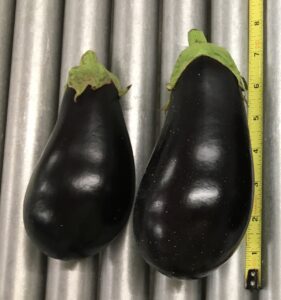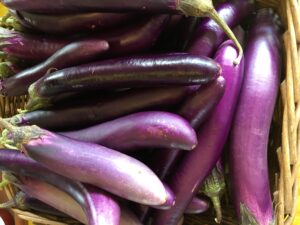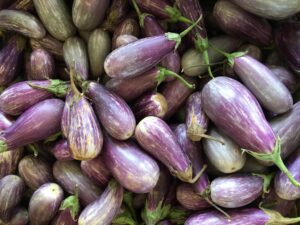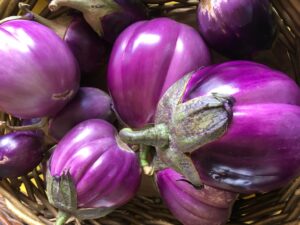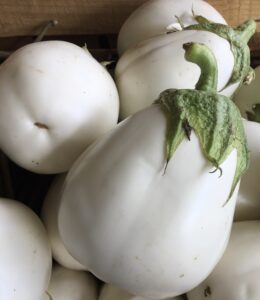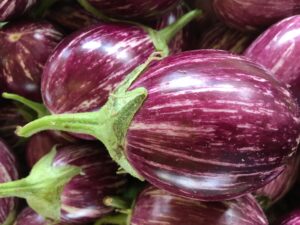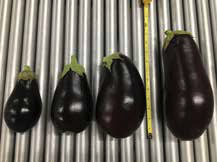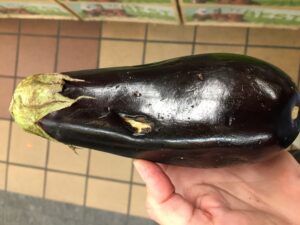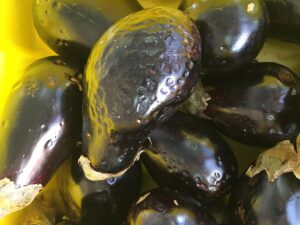Postharvest Produce Guide – Eggplant
go.ncsu.edu/readext?919133
en Español / em Português
El inglés es el idioma de control de esta página. En la medida en que haya algún conflicto entre la traducción al inglés y la traducción, el inglés prevalece.
Al hacer clic en el enlace de traducción se activa un servicio de traducción gratuito para convertir la página al español. Al igual que con cualquier traducción por Internet, la conversión no es sensible al contexto y puede que no traduzca el texto en su significado original. NC State Extension no garantiza la exactitud del texto traducido. Por favor, tenga en cuenta que algunas aplicaciones y/o servicios pueden no funcionar como se espera cuando se traducen.
Português
Inglês é o idioma de controle desta página. Na medida que haja algum conflito entre o texto original em Inglês e a tradução, o Inglês prevalece.
Ao clicar no link de tradução, um serviço gratuito de tradução será ativado para converter a página para o Português. Como em qualquer tradução pela internet, a conversão não é sensivel ao contexto e pode não ocorrer a tradução para o significado orginal. O serviço de Extensão da Carolina do Norte (NC State Extension) não garante a exatidão do texto traduzido. Por favor, observe que algumas funções ou serviços podem não funcionar como esperado após a tradução.
English
English is the controlling language of this page. To the extent there is any conflict between the English text and the translation, English controls.
Clicking on the translation link activates a free translation service to convert the page to Spanish. As with any Internet translation, the conversion is not context-sensitive and may not translate the text to its original meaning. NC State Extension does not guarantee the accuracy of the translated text. Please note that some applications and/or services may not function as expected when translated.
Collapse ▲Common eggplant is dark purple/black, 6”- 9” long. Fruit is firm, skin is smooth, glossy, free of marks, pits, or damage from insects, disease or handling. Eggplant is harvested at an immature stage.
Other varieties have variations in color (from black, white, and lavender, to striated purple and white), and form (long and narrow, short and wide).
A solanaceous crop, eggplants should have field heat removed quickly, store above 50°F at 90-95% RH for up to 14 days. Eggplant is subject to chilling injury below 50°.
Quality Specifications
Fruit is firm, skin is smooth, glossy, free of marks, pits, or damage from insects, disease or handling.
Common Quality Issues
Eggplant over 9” may be over mature. Seeds will be brown and hard if fruit is mature and is past marketability. Fruit becomes pithy and bitter at this stage.
Calyx should be fresh and green. A dull calyx is a sign of over-maturity and/or old product. Exposure to ethylene may result in calyx browning. Skin should be free of of scarring or damage.
Storing below 50°F may result in cold damage, which appears as pitting and bronzing of the skin, browning of tissue and seeds. Chilling injury is cumulative postharvest.



